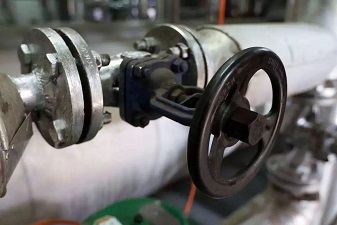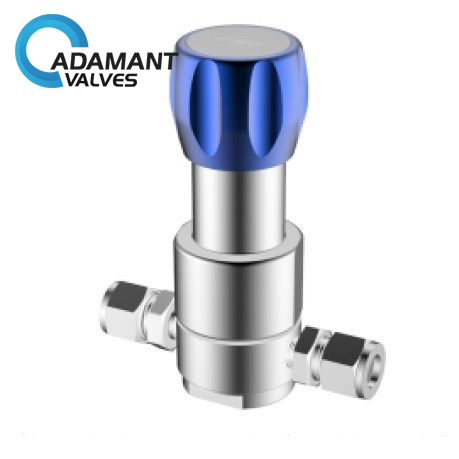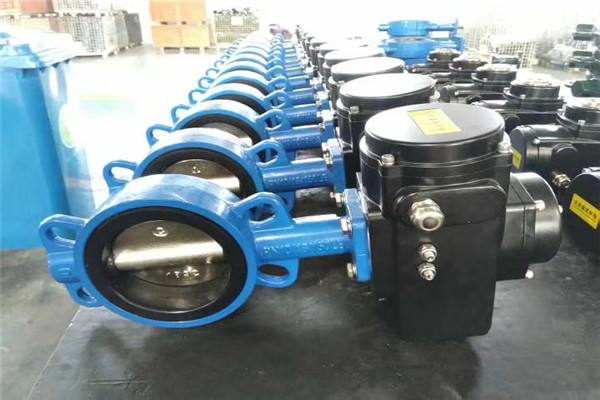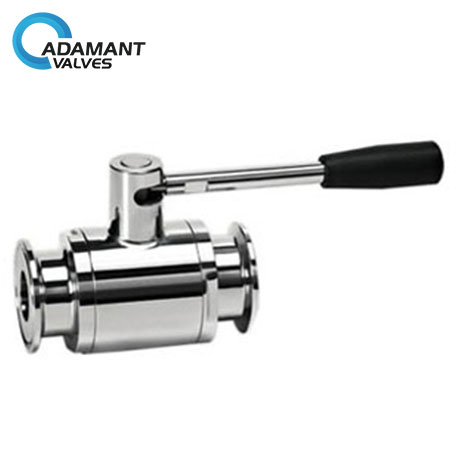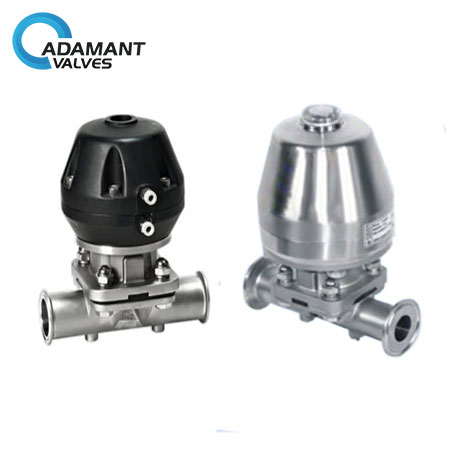The production of valves is a complex yet simple process. The production cycle of ordinary valves such as gate valves, ball valves, globe valves, butterfly valves and check valves is generally three days. After the valve is produced, it must undergo various performance tests, the most important of which is the pressure test. The pressure test is to test whether the pressure value that the valve can withstand meets the requirements of production regulations. The following are the precautions for valve pressure testing in general: (1) In general, the valve is not tested for strength unless the valve body and bonnet are repaired or corroded. For the safety valve, its…
-
-
Precautions for Using Electric Emergency Shut-off Valve
Electric emergency shut-off valves are generally used on various water pipes and air pipes to prevent leakage. When you think the flow rate of water or airflow is too high or too low, you can use an electric emergency shut-off valve to close and open the valve, so that the fluid flows through the pipeline at a uniform flow rate. So, what aspects should be paid attention to when using the electric emergency shut-off valve? Read on to find answers to the question. 1. Store the valve in a dry place It is very important to prepare a good storage space. When the valve is placed in a humid environment,…
-
Different Types of Fluid Valves and Their Characteristics
Valves are pipeline accessories used to open and close pipelines, control the flow direction, and adjust and control the parameters (temperature, pressure and flow) of the conveying medium. They play a pivotal role. Let’s take a look at different types of fluid valves and their characteristics. Ball Valve Ball valves are available in two designs, float and trunnion. The floating ball valve will generate high operating torque at high pressure or large pipe diameter, but the sealing performance is better. Ball valves are not suitable for throttling because, when the valve is partially open, its sealing surfaces are damaged by exposure to the process fluid. For critical operations, consideration should…
-
Why Do Sanitary Ball Valves Use Stainless Steel Materials?
A Sanitary ball valve is a type of valve opened by turning handles attached to balls inside the valves. A ball valve is durable and usually works to achieve perfect shutoff even after years of disuse. It has a wide range of applications, such as pharmaceutical production, winemaking, dairy products, fine chemicals, pharmaceuticals, and bioengineering in major enterprises. And it is suitable for many media, such as liquid, gas and steam. Sanitary ball valves are mostly stainless steel. Why is it made of stainless steel? The reason is simple, stainless steel is not only a relatively cheap material, but also durable and will not rust. This material is very environmentally…
-
Sanitary Diaphragm Valve – Greater Stability
Introduction A sanitary diaphragm valve is composed of a sanitary diaphragm and a pneumatic actuator, which is powered by compressed air to regulate the flow of fluid medium in the processing pipeline. Structure The structure of the sanitary diaphragm valve is very different from the general valve structure. It relies on a soft rubber membrane or plastic membrane to control the fluid movement. Commonly used diaphragm valve materials are divided into cast iron diaphragm valve, cast steel diaphragm valve, stainless steel diaphragm valve, and sanitary diaphragm valve material diaphragm valve. Principle The closing and opening of the sanitary diaphragm valve are achieved by the pressure from the pipeline acting on…
